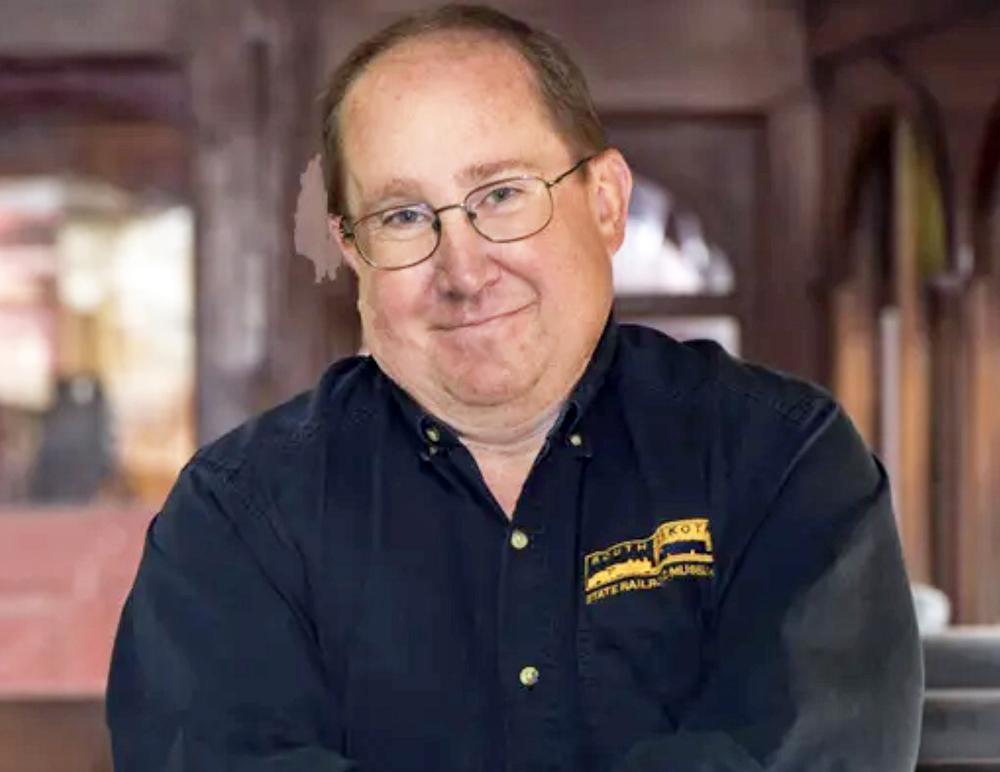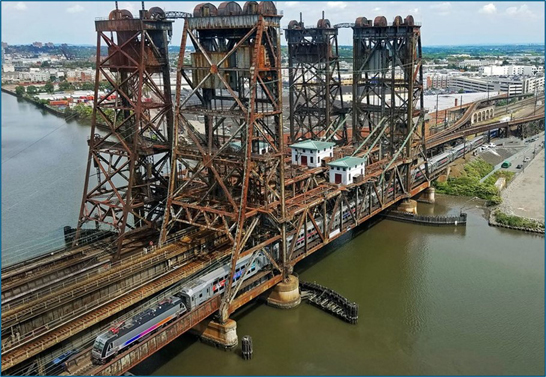“There’s always a risk and we have to manage that. And I think you manage that by educating the regulators as well as the customers with the facts,” Creel said in response to an analyst question during the railway’s fourth-quarter earnings call on Wednesday.
BNSF Railway Executive Chairman Matt Rose earlier this month was critical of PSR and said that the industry’s rush to embrace the late E. Hunter Harrison’s operating model would prompt regulators to step in as railroads curtail service.
BNSF is the lone Class I holdout as Union Pacific, Norfolk Southern, and Kansas City Southern are all shifting to PSR-based operating plans, following the lead of Canadian National, CP, and CSX Transportation, the railroads Harrison once led.
Creel says CP, which is growing, is a case study in how PSR works.
CP’s customers resisted changes Harrison launched when he arrived at the railroad in 2012.
“Talk to our customers that may have resisted the change at the onset. Those are happy customers today because we’ve created precious capacity that’s allowing those customers that have partnered with us to win in the marketplace,” Creel says.
“You look to some of the rhetoric and some of the concern about investment in infrastructure: We’ve never invested more money. You look at our safety record: It’s never been better,” Creel says. “So if you want a case and proof that PSR works, if it’s executed properly, there’s a case study out there.”
Prior to the partial shutdown of the federal government, the U.S. Surface Transportation Board was closely monitoring operating changes at UP and NS.
And late last year STB Chairman Ann Begeman wrote to UP and NS to question increased use of demurrage and other charges designed to encourage shippers to load and unload railcars more quickly.
“I see what the STB is doing,” Creel says. “The STB is asking questions, they’re trying to learn, trying to get educated.”
The STB’s fact-based approach will “outweigh the rhetoric that’s out there and balance and offset the risk,” Creel says.














What really counts delivering customers cars from point A to point B in a timely manner at a good price. If PSR does this fine, if not it’s all bull.
Nothing but pandering to the Wall Street bunch … Regulate them to make that ehh legacy crap go away.
“Unhappy customers go elsewhere, so those customers are no longer around to complain about PSR bungling.”
That’s jumping to conclusions. As an actual customer, I can tell you that we couldn’t do business with CP before Hunter’s changes, but we have been using them since 2015 to the tune of several thousand carloads per year, and are mostly happy.
What a load of B.S. CP has had their butts kicked by CN and they’ve alienated customers resulting in lost business and a boon to trucking companies. Harrison destroyed CP and cutting costs for short term gain doesn’t work.
Unhappy customers go elsewhere, so those customers are no longer around to complain about PSR bungling.
Michael Klass,
That is not jumping to conclusions…otherwise you wouldn’t see the huge increase in OTR traffic that is happening(when drivers and trucks are available) because of the markets that are being shortchanged by PSR. Notice for example Walmart is hiring hundreds more drivers this year on top of the 1400 hired last year and raising their salaries close to 90k/yr. That’s a hell of a lot of freight going in trucks that could potentially be moving via rail.